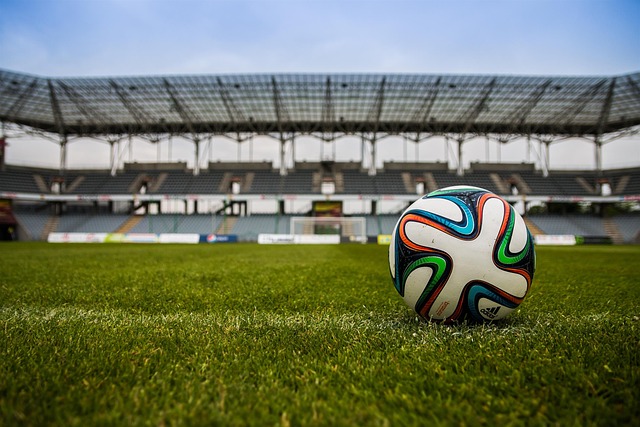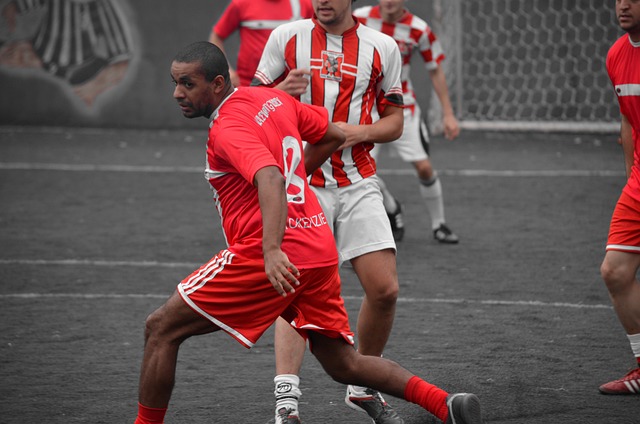Penalty shootouts are one of the most nerve-wracking parts of football. When a match ends in a draw, the outcome often comes down to a series of penalty kicks. Fans and players alike hold their breath as the tension builds. But is there a way to predict the outcome of a penalty shootout? Surprisingly, there is some science behind it.
The Psychology of Penalty Shootouts
The first thing to understand about penalty shootouts is the psychological pressure involved. When a player steps up to take a penalty, they are under immense stress. The entire outcome of the match could rest on their shoulders. This pressure can affect a player’s focus and decision-making.
Players often have to decide where to aim their shot. Some may have a favourite spot, like the top corner or the bottom left. But goalkeepers are aware of these preferences too. This is where mind games come into play. A player might try to outthink the goalkeeper by changing their usual shot direction, while the goalkeeper tries to guess if the player will stick to their habits or switch things up.
Interestingly, studies have shown that goalkeepers often dive to their right more than to their left during penalty shootouts. This tendency is something that players might consider when choosing where to place their shot.
Patterns and Data Analysis

Predicting the outcome of a penalty shootout isn’t just about psychology; it also involves looking at patterns and data. Just like in the Aviator game, where players try to predict the outcome based on patterns, penalty shootouts can be analysed for trends.
For example, analysts might look at a player’s past penalties to see where they usually aim. If a player has a strong history of scoring when aiming for the bottom right corner, there’s a good chance they’ll aim there again. On the other hand, if a goalkeeper has successfully saved shots aimed at a certain area, they might anticipate a shot in that direction.
Teams often use this data to prepare for penalty shootouts. Coaches and players study the tendencies of their opponents to make more informed decisions during the shootout.
The Role of Fatigue
Another factor that can influence penalty shootouts is fatigue. By the time a match reaches a penalty shootout, players have usually been on the field for over 90 minutes, sometimes even 120 minutes. Fatigue can affect a player’s ability to focus and execute their shot with precision.
When players are tired, they might make mistakes they wouldn’t normally make, such as kicking the ball too high or too wide. This is why players who are known for their stamina and composure under pressure are often chosen to take penalties.
Luck and Unpredictability

Despite all the analysis and preparation, penalty shootouts still have an element of unpredictability. Sometimes, the ball takes an unexpected bounce, or a player slips at the crucial moment. No matter how much science is applied, there’s always an element of luck involved.
This unpredictability is what makes penalty shootouts so exciting. Fans never know exactly what will happen, and it’s this uncertainty that keeps everyone on the edge of their seats.
Conclusion
Predicting the outcome of a penalty shootout in football involves a mix of psychology, data analysis, and an understanding of the players involved. While some patterns and tendencies can be identified, there’s always an element of luck that can’t be controlled.
Whether you’re a fan watching from the stands or a player on the field, penalty shootouts are a thrilling part of football that blend skill, strategy, and chance into a dramatic finish.
